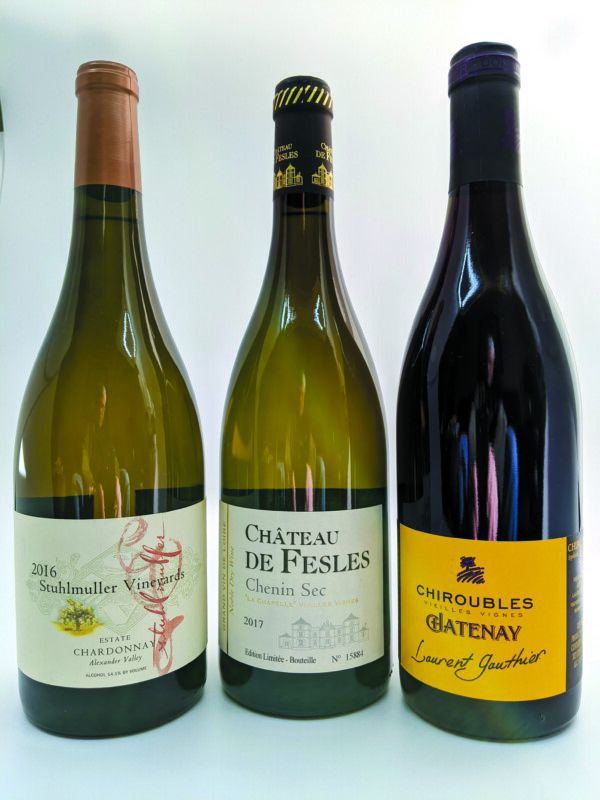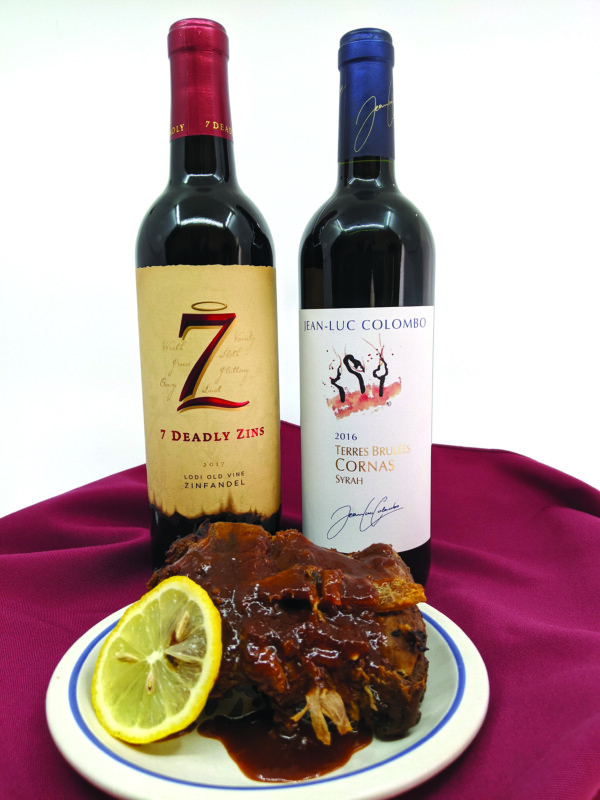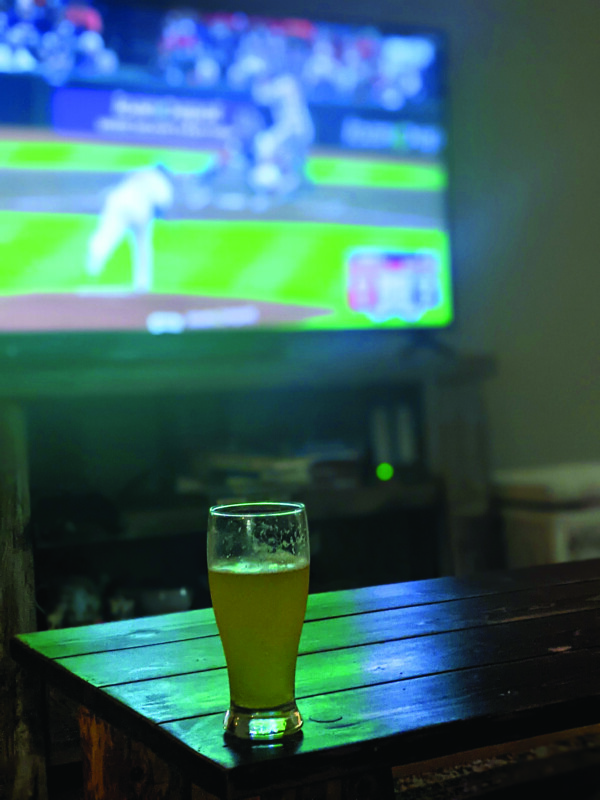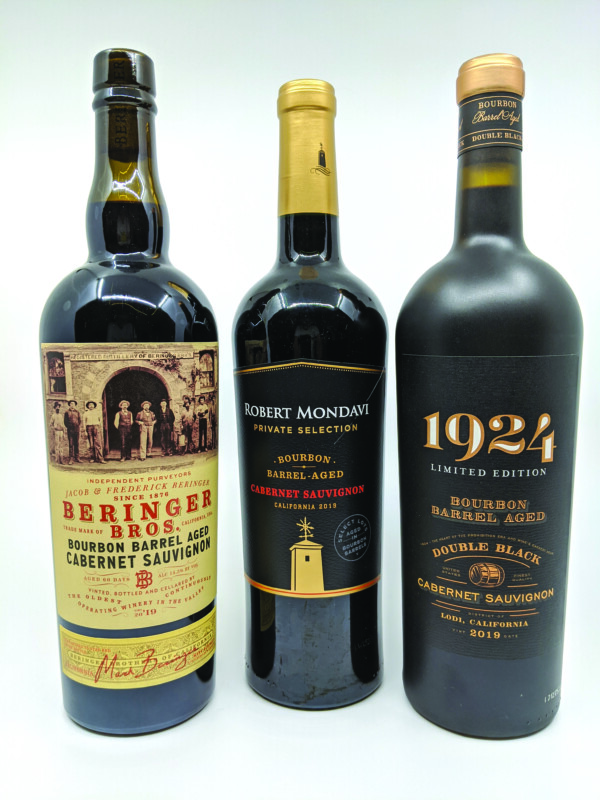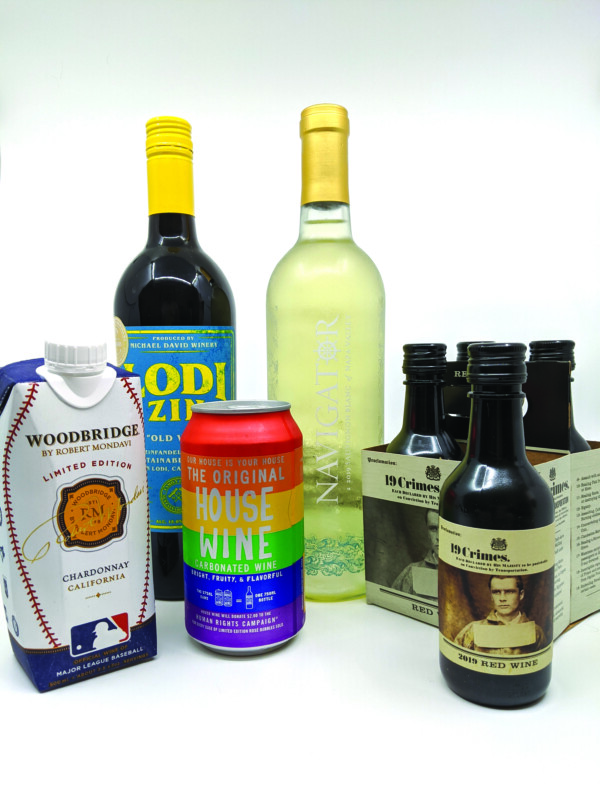What to drink with your turkey and pie
Thanksgiving is just two weeks away! It seems like yesterday we were looking for cool white wines and enjoying spritzers in the back yard. The days may be getting cooler and shorter but that shouldn’t dampen our spirits. The holiday season begins with Thanksgiving, a time to get together with family and friends to celebrate and give thanks for our health and bounty. In addition to high school football games, the day is focused on “the big meal,” which may last several hours. The food is hearty and certainly diverse, starting with appetizers, moving on to the main meal of roast turkey with multiple side dishes, ending in what may seem like a dozen different pies.
The Thanksgiving menu can be challenging when it comes to pairing the right wine to go with each course. A familiar response to this question is, “a white wine, of course.” That response covers a lot of territory! Many will pick a white sparkling wine, while others may opt for a light dry rosé. A chardonnay is often suggested, as the slight creaminess pairs well with roast turkey. Another option is a pinot noir. This red may have bright berry notes to it. It will not overpower the turkey while complementing the wide range of side dishes.
For this Thanksgiving I have selected a California chardonnay and two French wines, one from the Loire River valley, the other from the northern reaches of Beaujolais.
Our first wine, the 2016 Stuhlmuller Vineyards Estate Chardonnay (originally priced at $29.99, and reduced to $12.49 at the New Hampshire Liquor & Wine Outlets), is a perfect chardonnay to pair with the main course. Coming from the southwestern corner of the Alexander Valley, the vineyard of Roger and Carmen Stuhlmuller was planted in the 1970s with top-quality vines. The slight rise above the banks of the Russian River of gravel, clay and volcanic soils, along with cool nighttime temperatures, produces fruit that is rich with complex flavors and good acidity. With a color of golden straw and a nose of fresh pear and apple, it develops on the palate with notes of spicy pear and nectarine, along with some minerality from the soils and a touch of the oak from barrel aging. The finish is long and complex with a slight touch of acidity, perfect for pairing to the main course.
Our second wine, the 2017 Château de Fesles Chenin Sec (originally priced at $59.99, and reduced to $21.99 at the New Hampshire Liquor & Wine Outlets), comes from the Anjou region of the Loire River Valley of France. This wine is a slight departure from the usual recommendations for the Thanksgiving feast. The color is straw that somehow has a sparkle even though it is a still wine. It has a floral nose of citric blossoms that transform to the palate with dried fruit, honey and toasted bread. This is a wine that can pair with appetizers of cheese or smoked salmon or the creaminess of a New England Clam Chowder. While it’s hardly mainstream, if enough of us try it and ask for it, the State may stock more of this Anjou varietal.
Our third wine, the 2018 Domaine Laurent Gauthier Chiroubles Chatenay Vieilles Vignes (originally priced at $41.99, and reduced to $16.99 at the New Hampshire Liquor & Wine Outlets), comes from the northern edge of the Beaujolais region of France. This wine is produced from gamay noir grapes just as Beaujolais is, but coming from the northern edge of the region the wine benefits from the similar terroir, its soils and climate, as the rich red burgundies we all love. The color is a rich garnet, with purple tints. The nose is floral, with notes of dark cherry, along with some minerality generated by the soils of the region. The palate is light, but satisfying with plenty of fruit, with a long finish. This is a welcome alternative to a familiar pinot noir!
For this Thanksgiving, offer your family and friends some alternative wines, something new to explore. These wines are but a sampling of the many options to expand our experiences with wine and food.
Featured photo: Courtesy Photo.

